- Trails
-
Bikes
-
Gear
-
Tips & Tricks
-
About us
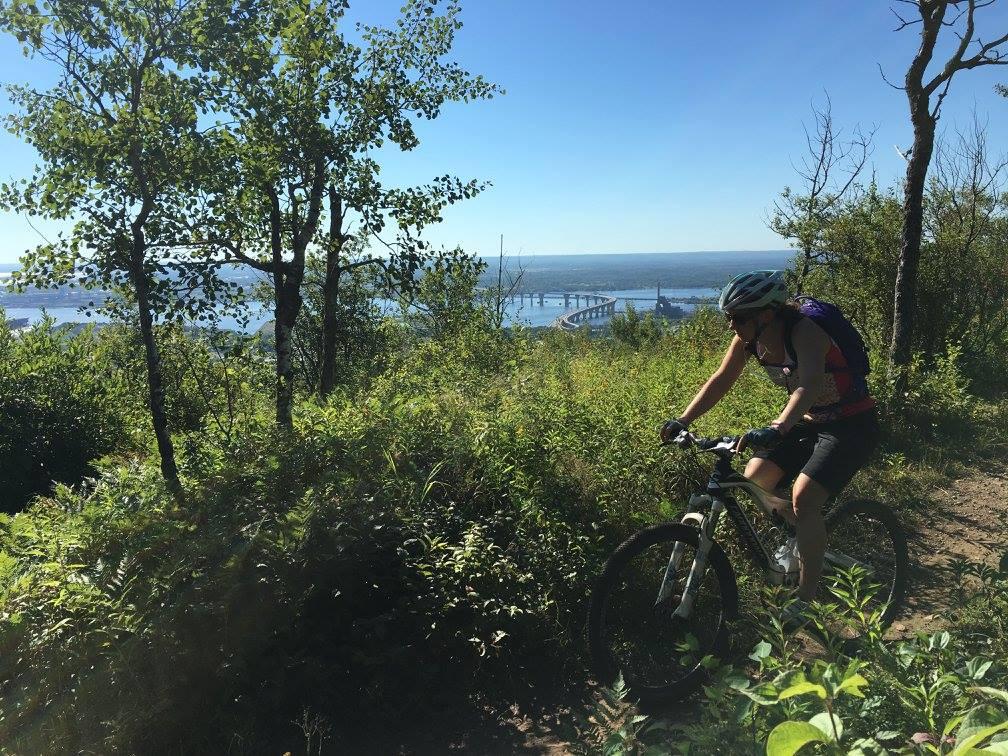
 5 mi
5 mi
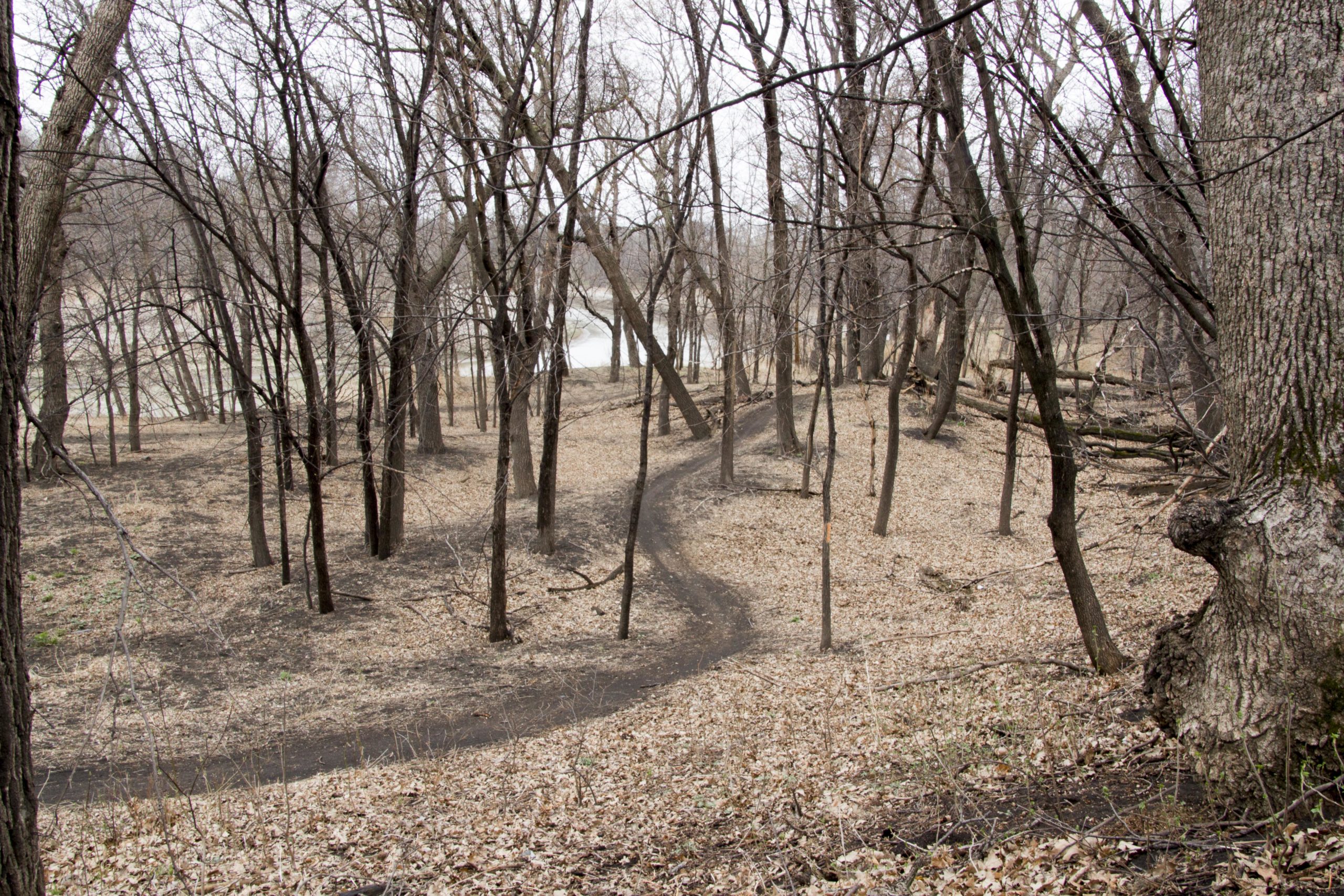
 2 mi
2 mi
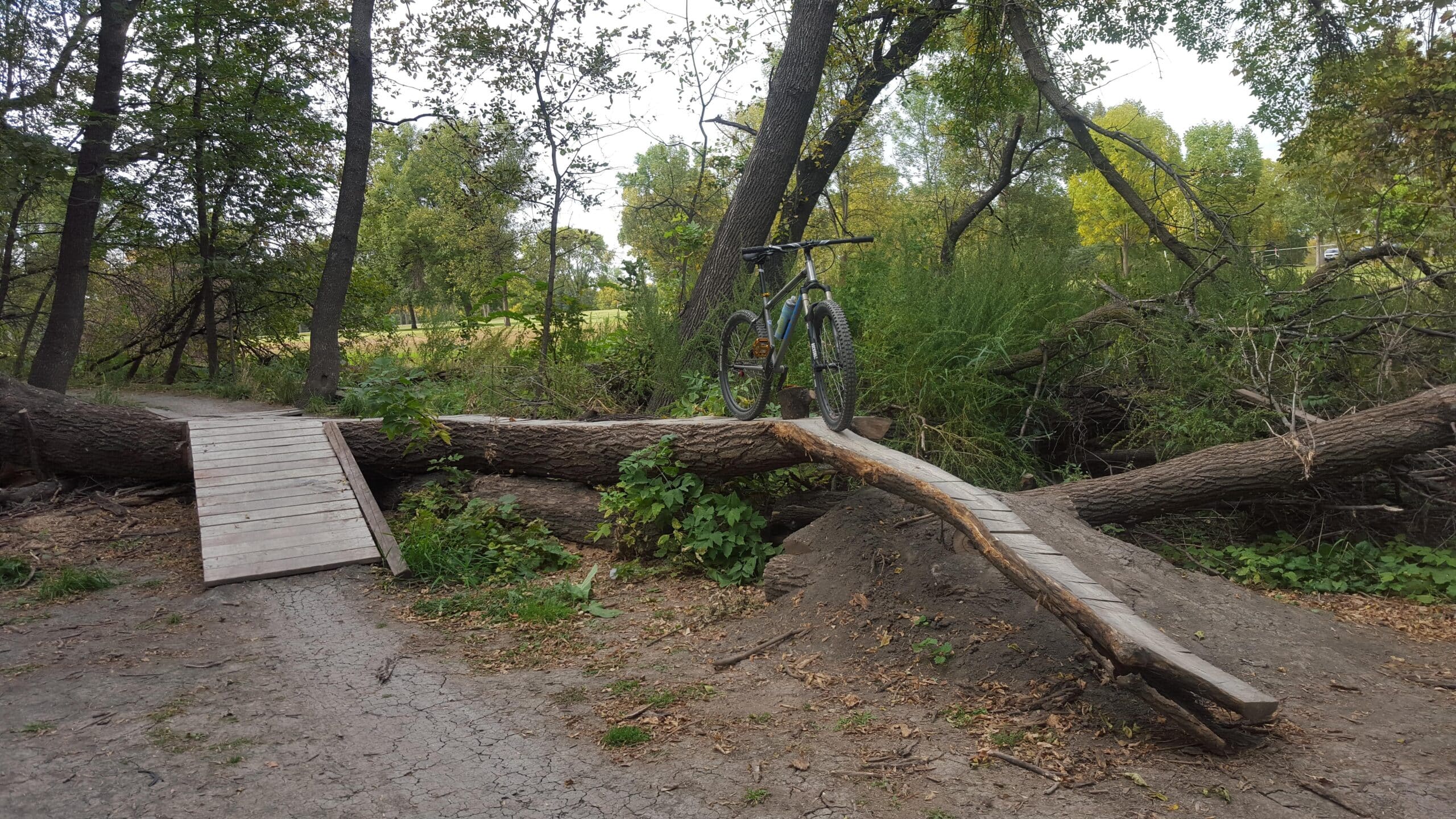
 4 mi
4 mi
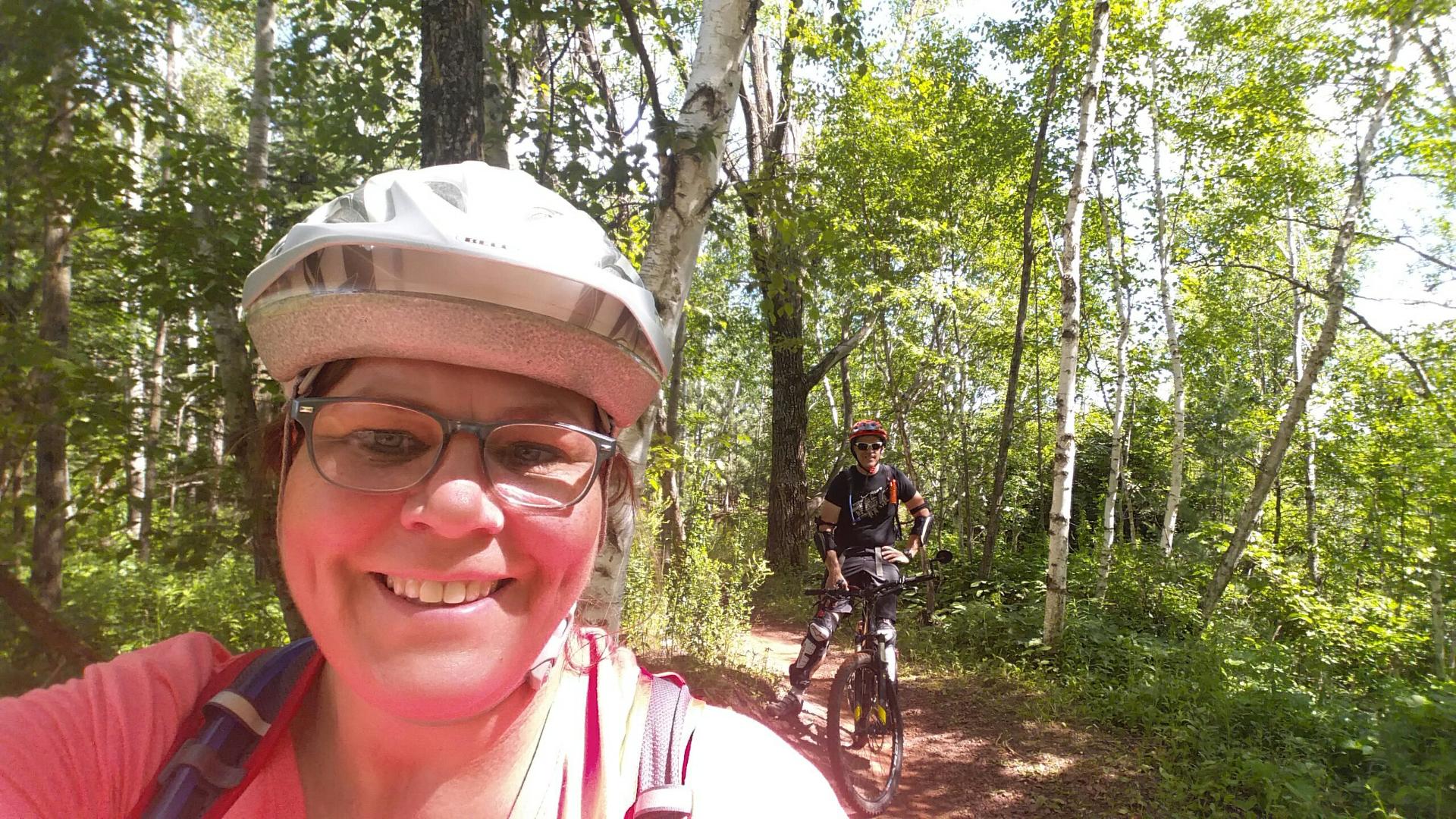
 25 mi
25 mi
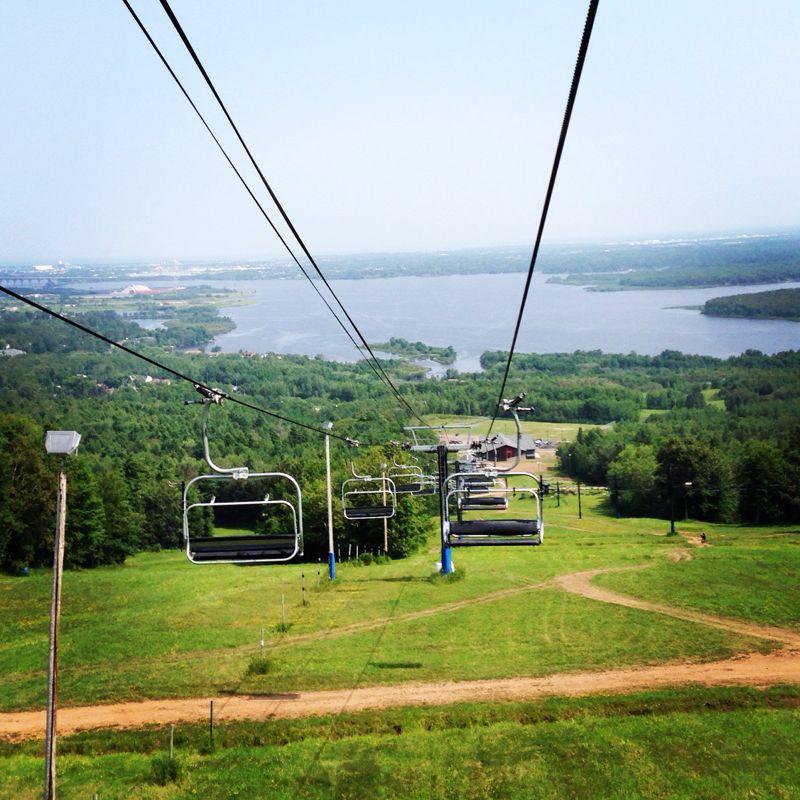
 3 mi
3 mi
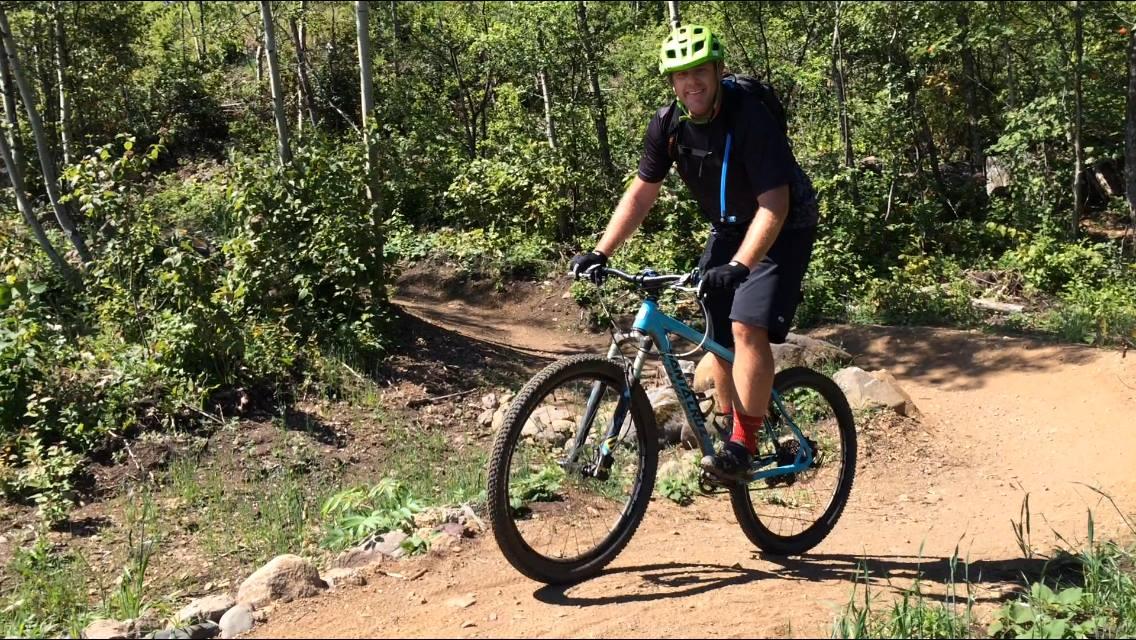
 10 mi
10 mi
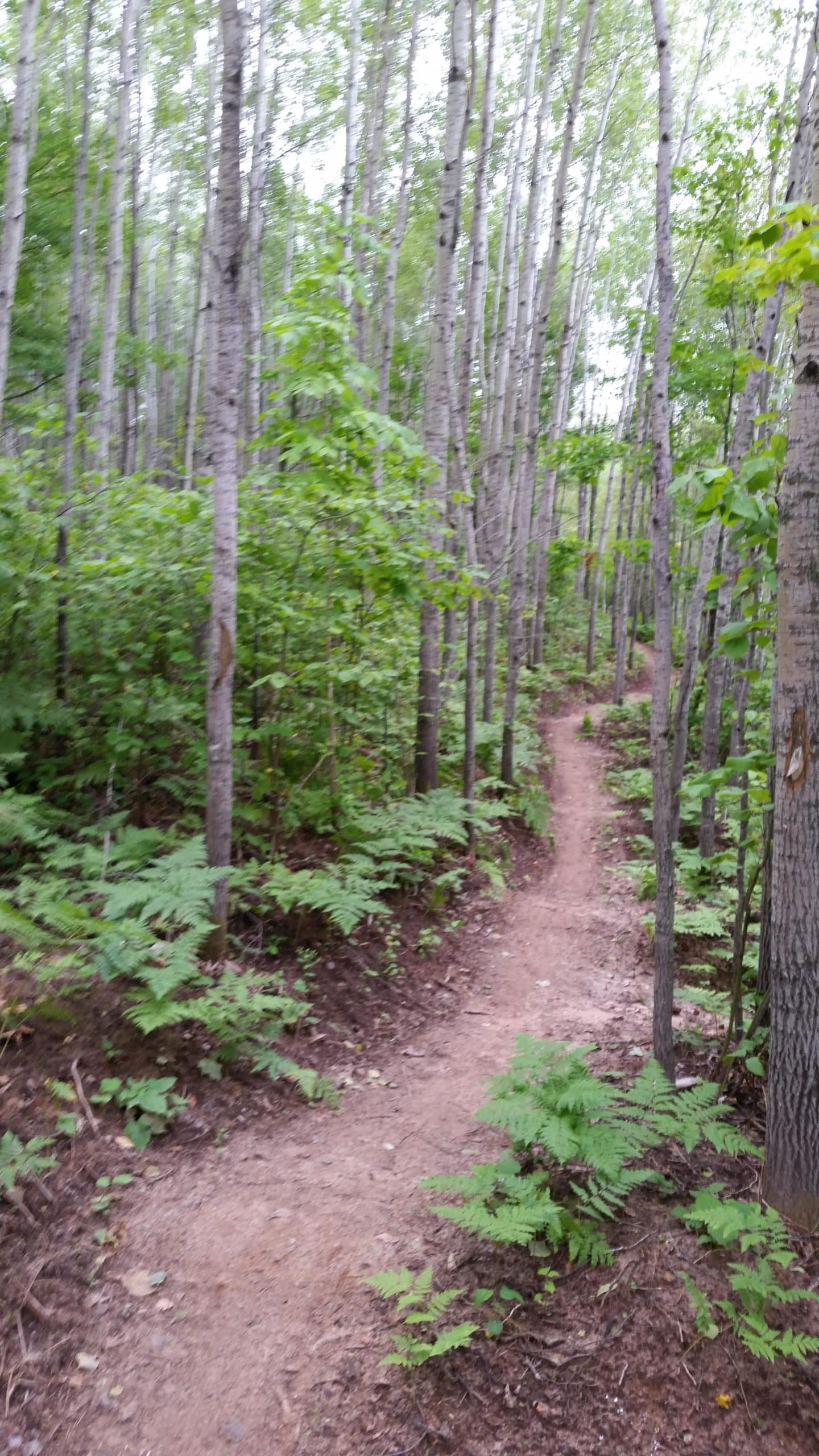
 7 mi
7 mi
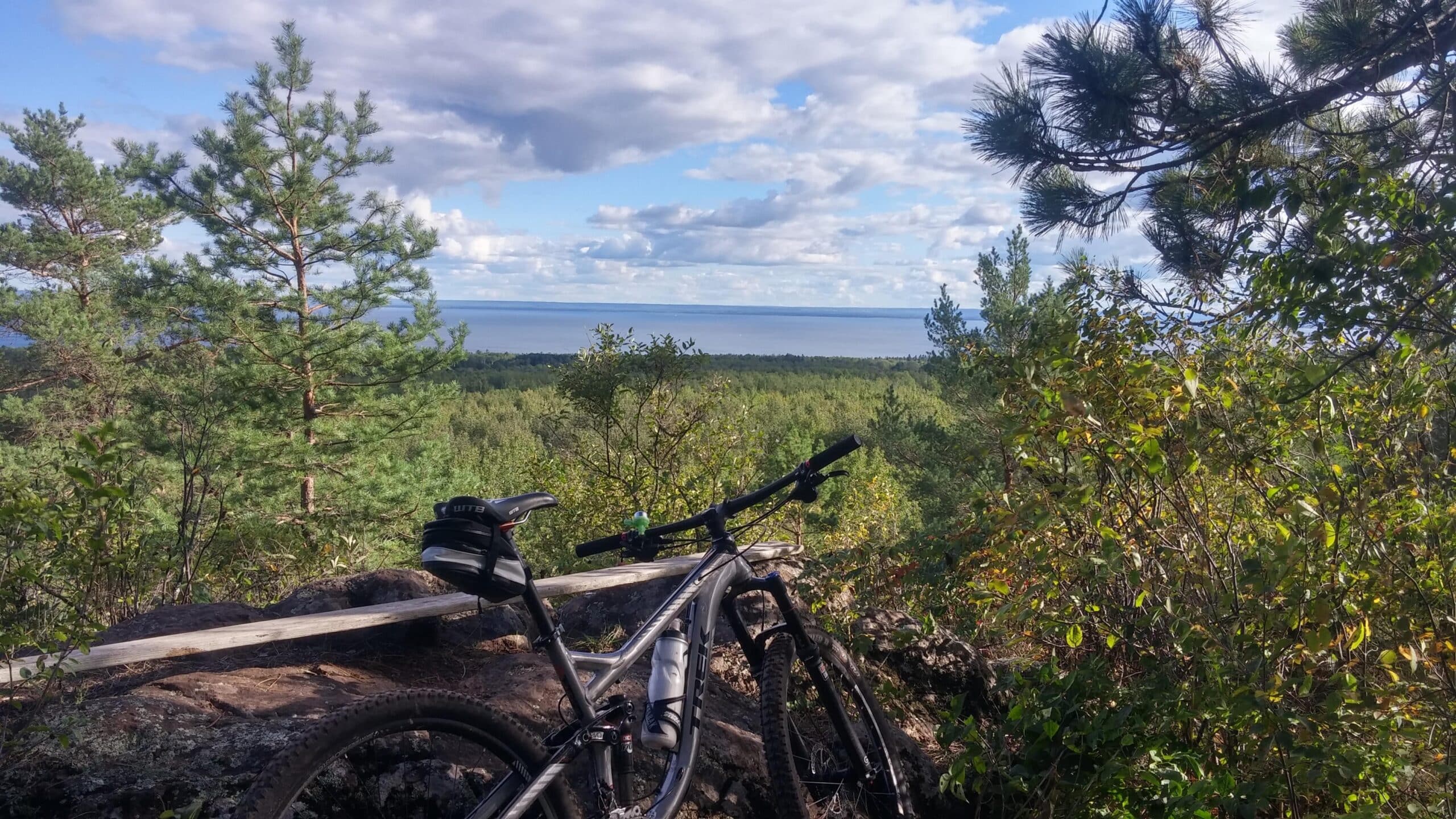
 5 mi
5 mi
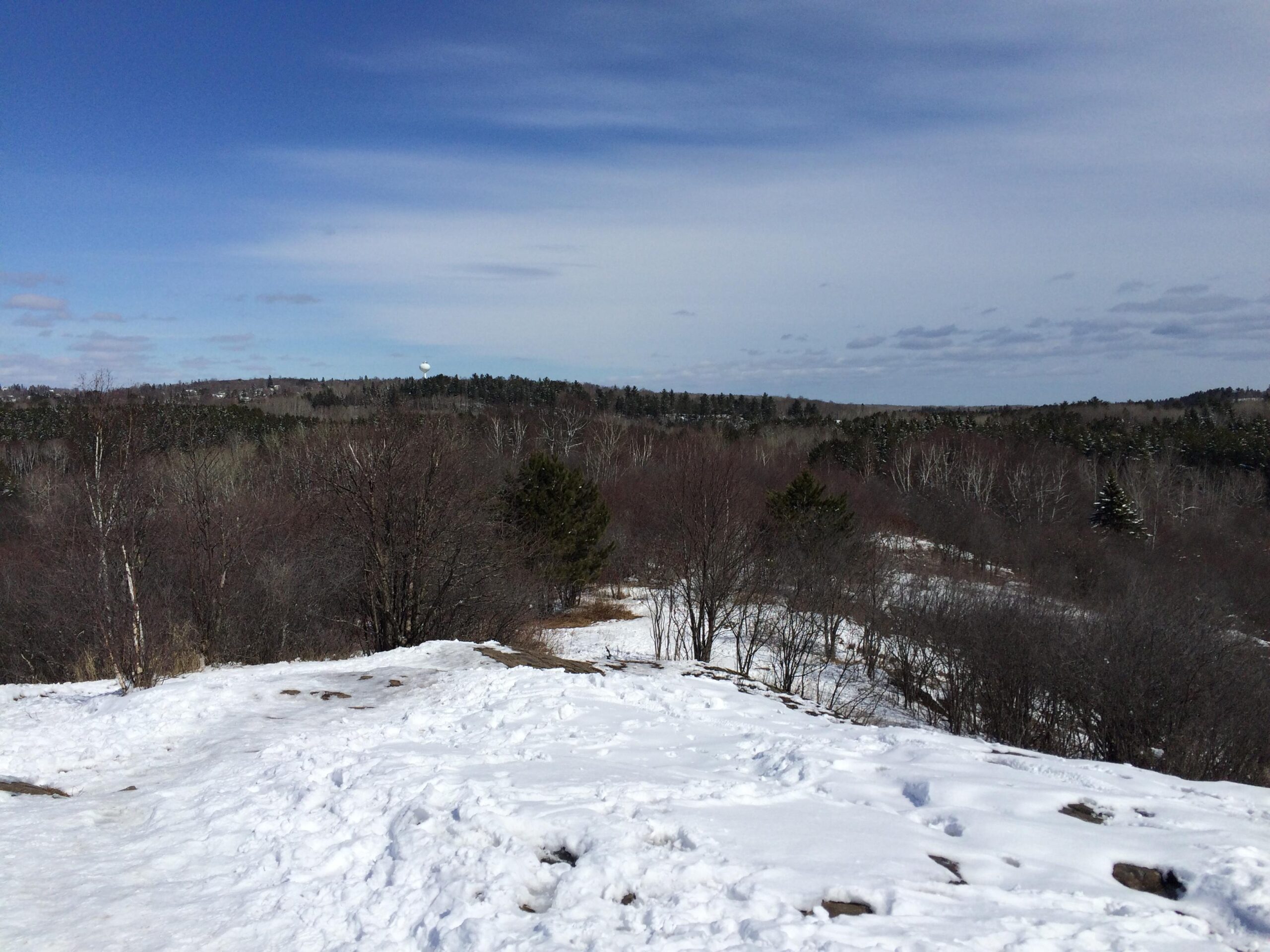
 9 mi
9 mi
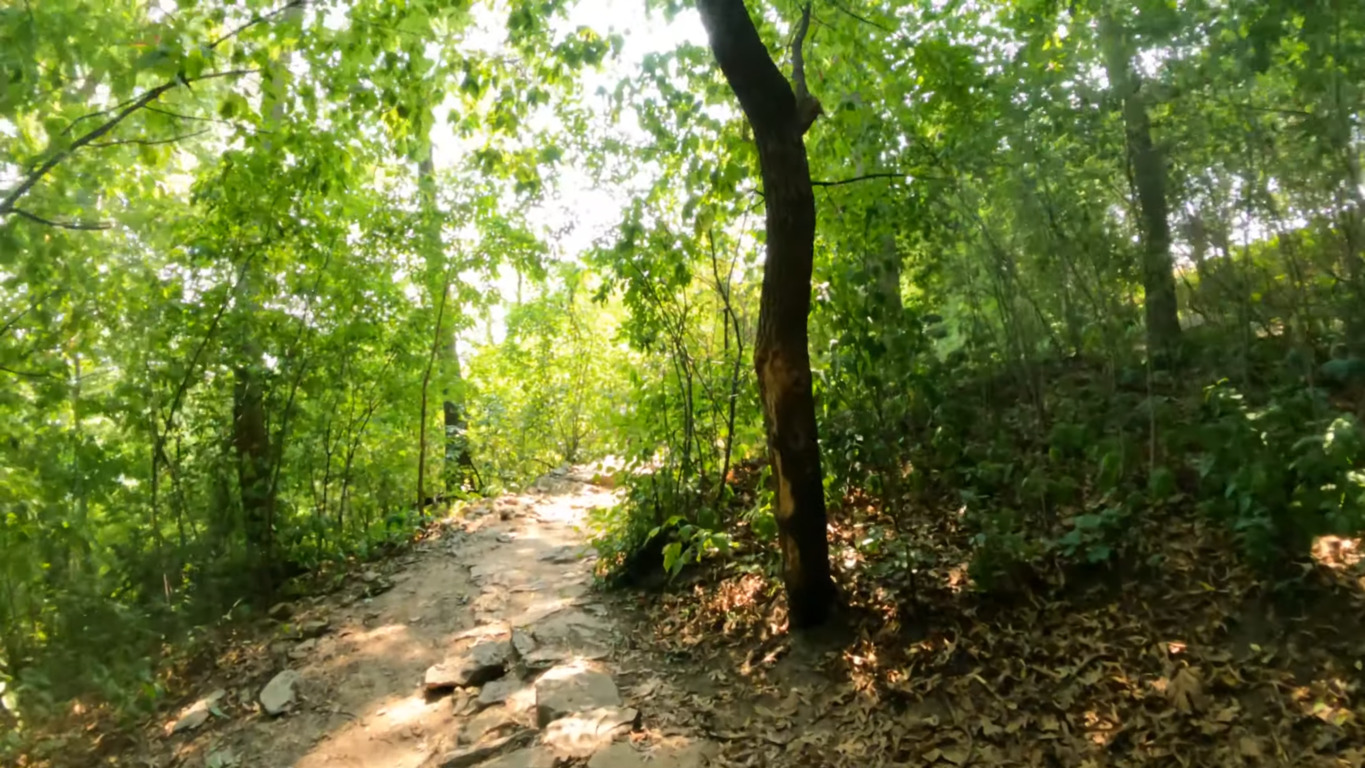
 1.24 mi
1.24 mi
Minnesota is located in the Upper Midwest part of the US. It is bordered by Lake Superior and Wisconsin to the east, North Dakota and South Dakota to the west, Iowa to the south, and Canada to the north.
This state has an area of 225,163 km2, making it the 12th largest country. Its minimum elevation is approximately 602 ft, while its maximum is around 2,301 ft.
The northern region of this state contains dense forests and a rocky terrain and dense forests. The wooded areas have different types of trees, including maple, white and red pine, birch, and oak. They're also home to wild animals such as Black bears, wolves, moose, and deer.
The central and southern regions are primarily agricultural. They contain fertile soil perfect for growing crops like wheat, corn, and soybeans. Western regions comprise Great Plains, covered by grasslands and prairies.
Minnesota contains more than 10,000 lakes which allow locals to enjoy boating, fishing, and other water sports. Examples of these lakes include:
Besides lakes, this state also contains several rivers which provide locals with water for various activities. One of the notable rivers in this area is the Mississippi River, which flows through the southeast section of Minnesota.
Out of all states in the US, Minnesota contains many state parks and recreation spots. It also has beautiful byways like the North Shore Scenic Drive along Lake Superior.
| Land area (sq. m; sq. km) | 225,163 km2 |
| Minimum Elevation | 602 ft |
| Maximum Elevation | 2,301 ft |
Minnesota has approximately 5,717,184 and a population density of 67.1 people per square mile. Of these people, 50.4% are female, while 49.6% are male. Also, approximately 23% of the population is under 18, while 16% are above 65, and the age median is about 38.8.
The racial composition of this state is quite diversified. White people make up the majority racial group in Minnesota, accounting for around 78% of the state's population. The second largest group is the African American people, accounting for 6.9% of the total population. Asian are about 5.6%, Native Americans are 1.2%, and Latinos are approximately 6.1%. Additionally, Minnesota is home to many immigrants, including those from Mexico, Somalia, India, Laos, and Vietnam. According to research, they account for 8% of the state's population.
The people in Minnesota are well-educated, with approximately 90% of adults having a high school diploma and above. Also, more than 36% of the people in this area have a bachelor's degree or higher. This figure is higher than the national average, which stands at 33%, meaning the state is doing quite well.
Minnesota's median household income is $74,593, which is quite high compared to the national median of $68,703. However, there are notable differences in wealth and income across various racial and ethnic groups, much like in other states.
When it comes to Religion, Minnesota contains many Christians, making up about 68% of the population, with Catholicism and Protestantism being the major denominations. Other religions, such as Islam, Judaism, Buddhism, Hinduism, and Sikhism, comprise about 5% of the population, while 27% don't identify with any religion.
This state is mostly rural, with about 61% of the population living in urban regions and 39% in rural areas.
| Total population (thousands, million) | 5,717,184 |
| Population density (persons per sq. km) | 26.6/km2 |
Minnesota has a continental climate with hot summers and cold, snowy winters. Nevertheless, every part of this state has different climate, temperature, and precipitation levels.
The temperatures in Minnesota are quite high during summer, ranging from 70 to 80°F in the southern areas and 60 to 70°F in the northern regions. The hottest months are July and August, with some areas of the state occasionally experiencing daytime highs of up to 90 °F. Winters are typically cold and snowy, with temperatures ranging from 10 to 20°F in the southern parts and -10 to 0°F in the northern region. The coldest months are December, January, and February.
This state receives approximately 30-35 inches of precipitation annually, most of it being the rain that falls during the summer and snow during the winter. June and July are the wettest months, featuring heavy rain and occasional flooding. According to research, the southern region experiences more precipitation than the northern parts.
Generally, Minnesota experiences heavy snowfall in the winter months. This condition is quite intense in the northern regions where the temperatures are extremely cold. In some cases, it may receive up to 100 inches of snow annually.
Minnesota is also susceptible to severe weather, such as blizzards, tornadoes, and thunderstorms. This area may receive about 37 tornadoes annually, especially in the southern region. The tornado season lasts from April through September, with June and July having the highest frequency.
Northern regions experience blizzards more frequently, leading to power outages due to strong winds and thick snowfall. These conditions also make it difficult to drive. Typically, the blizzard season lasts from November through March, with December and January experiencing most of them.
The best time to go biking in Minnesota is during spring and fall when the temperatures are low, allowing you to enjoy. Also, fewer people bike during this period making it the ideal time for people who like biking in areas with fewer crowds.
If you prefer biking in warm and dry weather, visit the Minnesota trails during summer, which starts in June and ends in August. Consider biking during the morning when the temperatures are quite low to avoid getting fatigued quickly.
| Month | Average Temperature |
|---|---|
| January | 16°F |
| February | 20°F |
| March | 33°F |
| April | 47°F |
| May | 59°F |
| June | 69°F |
| July | 74°F |
| August | 71°F |
| September | 62°F |
| October | 49°F |
| November | 34°F |
| December | 20°F |
Minnesota's infrastructure is well-developed. It features a big network of highways connecting the state's main cities and states comprising of Interstate 35, Interstate 94, and Interstate 90. The area also has county roads allowing you to access the rural areas quickly.
This state's public transport system is well-developed and quite reliable. The Metro Transit system in the Twin City Metropolitan area offers bus and light rail services. Other areas like Duluth, Rochester, and St. Cloud only have bus service.
Minnesota contains several airports, including:
These facilities support local and international air travel, making the area easily accessible.
Using non-motorized transportation like bikes in the area is not a problem since it features many trails and pathways. Larger cities have bike lanes, bike-friendly streets, and a wide range of state parks with long bike trails.
When you visit the state, you'll notice it features several hotels in urban and rural areas. Examples of the popular hotels that you're likely to come across in the region include Marriott, Hilton, and Radisson. These hotels have several facilities like pools and fitness facilities. They also offer accommodation services allowing you to stay in the area for as long as you want and explore many trails. Order local cuisine during your stay and get the opportunity to enjoy new culture. Depending on your tastes and preferences, you can also ask for other international cuisines. The hotels in this state charge different rates. Therefore, you should do your homework well and choose one that falls within your budget.
Refueling is not a problem since this area has several stations located in urban and rural areas. These gas stations have convenience stores where you can buy anything, including snacks and convenience items.
Minnesota has many scenic and historic landmarks attracting local and international tourists. Here are some of the popular sights you're likely to come across when biking in the region.
Different trails in Minnesota have different rules concerning dogs. Some trails allow you to bike with dogs, while others don't. Therefore, confirming from the trials' official websites is always important. You should also check if the dogs need to be leashed or unleashed to avoid problems. Be mindful of other trail users when biking with your dog to avoid accidents.
Most trails in Minnesota are open all year round. Nevertheless, some of them are dangerous during winter and rainfall seasons. Remember to check the trail's condition before heading out to avoid getting involved in an accident.
Fortunately, most trails in Minnesota don't require you to pay any fee. Even so, some of them require you to pay an entry fee. The entry fee typically varies from one trail to another. Always check each of the trail's official websites to know how much you need to pay.